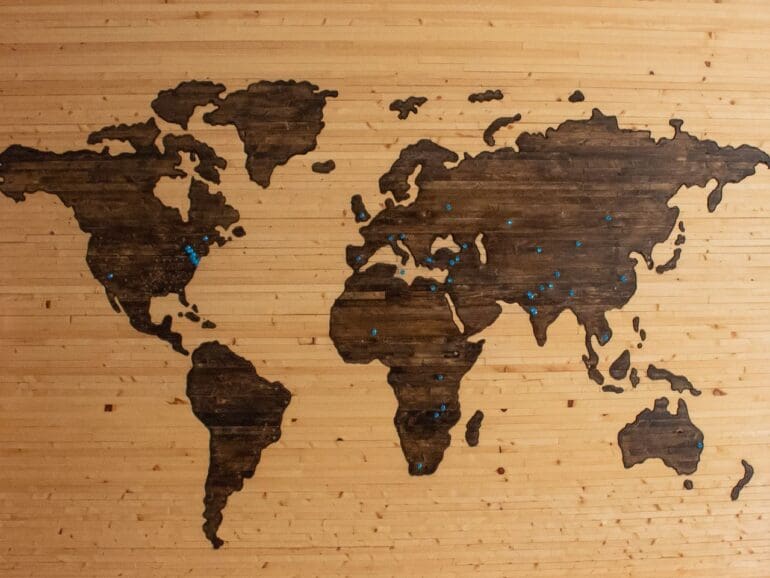Latin America payments unicorn Ebanx expects significant growth in alternative payment methods in the years ahead as e-commerce continues to grow in the region. A similar trend will also replicate in other, less developed markets such as Africa.
Initially from Brazil, the fintech, recently authorized as a Payment Initiator in its home country, has expanded to over a dozen Latin American markets. It is looking beyond its home region to accelerate growth, taking advantage of Latin America’s similarities with other markets. Recently, it has launched payments in Africa, with Nigeria, Kenya, and South Africa.
Roughly 1.2 times the size of Texas, Nigeria alone has the same population as Brazil. Its GDP, however, is approximately a quarter of its size.
“There is a lot of particularities that we’ve seen in Latin America during the past ten years that are now reflected as well in Africa,” Juliana Etcheverry, Director of Strategic Payment Partnerships & Market Expansion at Ebanx, told Fintech Nexus in an exclusive interview. “There are a lot of different providers already very popular. (and) there is a need for a single API connection so merchants can enable all payments in a single platform.”
Mobile money led the way
Founded in 2012, Ebanx allows businesses to connect to several local payment methods. However, the African market differs from Latin America in many other respects.
Contrary to the Western Hemisphere, mobile money is one of the leading payment methods. “It’s not actually a bank or a fintech which is driving inclusion,” she said, but rather “a messaging platform with a telecommunications company behind it.”
The example of M-Pesa, launched in 2007, made waves internationally as one of the few cases of financial inclusion led by telcos. As growth has accelerated, the case for different financial services is building, Echeverry says.
“African markets are having a huge growth,” she said. The continent is the largest market for mobile money, with around 70% of a global volume of $1 trillion. “Mobile money is much strengthened because of the low penetration of credit cards.”
According to her, just 3% of Africans have a card. “This means that 97% of them must pay with other means. And as in Latin America, that’s exactly where alternative payment methods thrive.”

Way forward for alternative payments in LatAm
“In ten years, Latin America has gone from being majorly underbanked to one of the main financial innovation hubs in the world,” she said.
According to a study by Ebanx, the share of Latin Americans who have an account jumped from 39% to 73% between 2011 and 2021, while only 28% of people in LatAm have a credit card.
Alternative payment methods are finding room to grow precisely in the gap between the number of accounts and cards.
“We see a huge gap currently being filled with alternative payment methods,” Etcheverry said. “And they are not necessarily promoted by the traditional financial institutions. Account-based transfers, digital wallets, micropayments. Those are key trends that we are booming in the region.”
Much of that growth is explicitly linked to e-commerce, where digital payments have a much greater weight.
Credit cards hold the lion’s share of the market, at 51% of all e-commerce sales in Latin America. However, the number is down from 56% in 2019.
The report by Ebanx states that account-based transfers are the top pick beyond credit cards, with the most significant growth tied to Pix in Brazil. Next in line are digital wallets and, finally, cash-based settlements.
Pix in Brazil and alternative payments
Recently, Ebanx obtained authorization from the Brazilian Central Bank to operate as a payment initiator via the popular PIX instant transfer system. According to the company, the license expands the range of services the fintech can offer its customers.
Pix has revolutionized the payment market in Brazil. More than half the entire Brazilian population has used it. And data from EBANX’s Beyond Borders 2022/2023 study shows that PIX already accounts for more than 16% of total e-commerce sales volume in the South American country.
“Pix is a one-of-a-kind case in terms of adoption,” said Etcheverry. “The key was that the Central Bank promoted it.”


